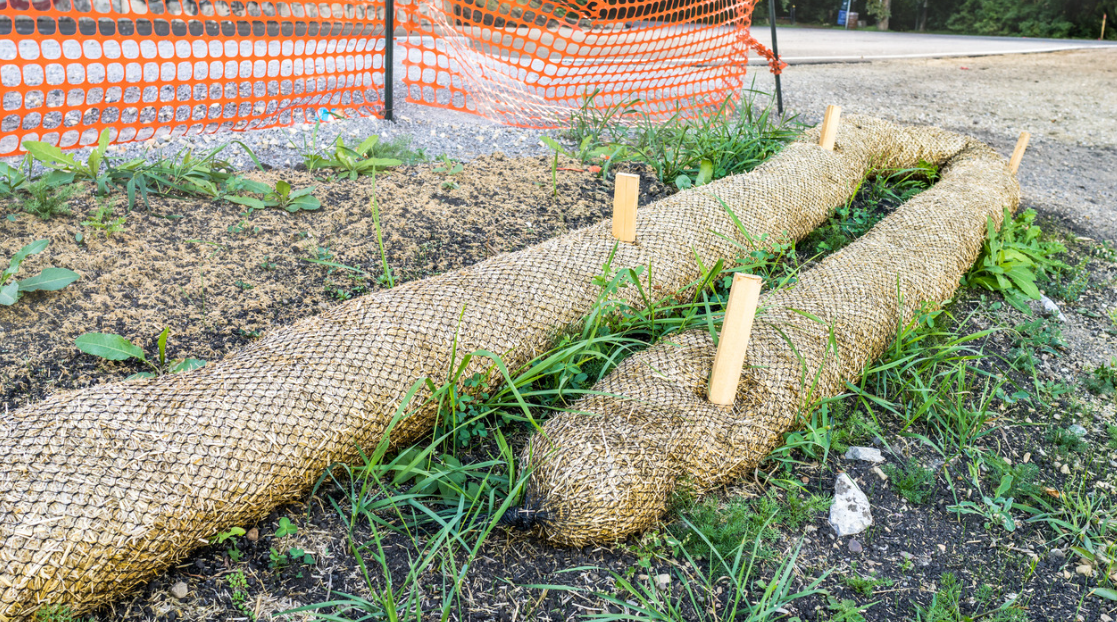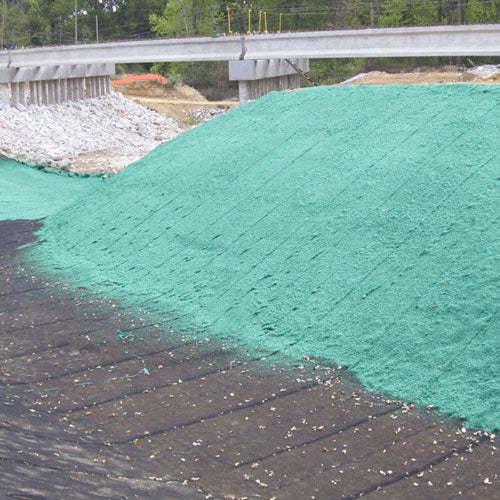Memphis Erosion Control Solutions Memphis TN: Your Neighborhood Erosion Control Experts
Wiki Article
Reliable Erosion Control Techniques for Lasting Land Monitoring
Are you looking for ways to efficiently handle disintegration on your land? Discover the different types of erosion and their effect on your land, as well as natural techniques to regulate erosion. Discover how to implement reliable erosion control measures and make certain appropriate tracking and maintenance.Value of Erosion Control in Sustainable Land Administration
Because it aids stop soil destruction and loss,Erosion control is necessary for sustainable land management. By implementing effective disintegration control techniques, you can guarantee the lasting health and performance of your land. Without correct disintegration control measures, dirt disintegration can take place, leading to the loss of beneficial topsoil that is rich in nutrients necessary for plant growth.Among the major reasons disintegration control is very important is since it aids to keep soil fertility. It takes away the organic matter and nutrients that plants require to prosper when soil deteriorates. This can lead to minimized plant yields and decreased efficiency of the land. Additionally, disintegration can cause sedimentation in close-by water bodies, which can adversely influence aquatic ecosystems.
Another trick benefit of erosion control is the avoidance of land degradation. By implementing disintegration control methods such as terracing, shape plowing, and the usage of cover plants, you can assist avoid land destruction and keep the health and wellness of your land.

Kinds Of Erosion and Their Effect on Land
Recognizing the numerous kinds of disintegration and just how they affect the land can help you apply far better land management techniques. Disintegration is the procedure by which dirt, rocks, and various other materials are progressively deteriorated and transported by natural forces such as wind, ice, and water. There are four major kinds of erosion: sheet erosion, rill disintegration, gully erosion, and mass activity disintegration.Sheet erosion happens when a thin layer of soil is gotten rid of uniformly from the surface of the land. Rill disintegration, on the other hand, occurs when little channels or rivulets are formed on the land due to the circulation of water.
Gully erosion is much more extreme and takes place when bigger channels or gullies are formed because of the continuous flow of water. This kind of erosion can trigger significant damages to the land, causing loss of topsoil and plants. Finally, mass motion erosion refers to the motion of large amounts of dirt and rocks downhill due to the force of gravity. This can take place in the form of landslides or plunging.
Understanding these different sorts of erosion and their effect on the land is essential for efficient land monitoring. By applying erosion control strategies such as terracing, shape plowing, and reforestation, you can decrease erosion and maintain the honesty of the land. In addition, exercising excellent land monitoring strategies like proper crop turning, keeping ground cover, and making use of debris control actions can better aid in avoiding erosion.
Natural Erosion Control Methods for Lasting Land Management
By carrying out natural erosion control approaches, you can effectively handle and preserve the honesty of your land. In areas where disintegration is a considerable problem, installing erosion control blankets or floor coverings can be b and r landscaping useful. Overall, by utilizing these natural erosion control approaches, you can effectively manage and protect your land from erosion, guaranteeing its long-term sustainability.Carrying Out Reliable Disintegration Control Steps

To successfully take care of and protect your land from erosion, you should think about implementing tested approaches that can help mitigate the danger. One such approach is making use of disintegration control blankets. These coverings, made from synthetic materials or all-natural fibers, are put on the dirt surface to maintain it and protect against erosion. They assist maintain wetness, reduce debris overflow, and advertise the development of plants. An additional reliable technique is the use of terracing. Terracing includes developing degree systems on sloping land, which helps to decrease runoff and avoid erosion. It likewise permits the farming of crops on the terraced inclines. In addition, planting vegetation is an essential step in disintegration blog control. Yards, trees, and hedges have extensive origin systems that bind the dirt with each other, lowering disintegration triggered by wind and water. Furthermore, installing debris control procedures such as silt fencings and debris ponds can help trap debris and prevent it from getting in neighboring water bodies. These steps are particularly vital throughout building and construction activities. By executing these shown disintegration control methods, you can successfully safeguard your land and reduce the danger of erosion and its detrimental results.
Surveillance and Maintenance of Disintegration Control Strategies
When tracking and maintaining disintegration control actions, it's vital to frequently examine the disintegration control coverings, terraces, plants, and debris control measures to guarantee they are working correctly and effectively stopping erosion (Memphis Erosion Control Solutions erosion control company). By conducting regular assessments, you can recognize any kind of issues or deficiencies in the disintegration control strategies and take necessary actions to remedy them
Start by examining the disintegration control coverings. Look for signs of damages or wear, such as rips or revealed soil.
Next, examine More hints the balconies. Look for indicators of disintegration, such as sediment build-up or uneven surface areas. Make certain that the terraces are appropriately created and kept to divert water circulation and minimize erosion. Clear any gathered debris to preserve their performance.
Evaluate the plant life in the disintegration control location. Make certain that it is healthy and balanced and adequately covers the soil. Search for any indicators of plant anxiety or condition, and address them promptly. Correct plant life insurance coverage helps stabilize the soil and protect against erosion.
Last but not least, check the sediment control steps, such as debris containers or debris fences. Ensure they are appropriately installed and functioning as intended. Remove any type of built up sediment and ensure that the controls are effectively preserved.
Normal surveillance and maintenance of erosion control steps are important for their lasting efficiency in stopping erosion and keeping lasting land monitoring techniques.
Final Thought
In conclusion, you need to focus on disintegration control for sustainable land administration. By comprehending the different kinds of disintegration and their effect on the land, you can execute effective natural erosion control approaches.Discover the various types of disintegration and their effect on your land, as well as natural approaches to manage disintegration. There are four main kinds of erosion: sheet disintegration, rill disintegration, gully erosion, and mass movement disintegration.
By executing disintegration control techniques such as terracing, shape plowing, and reforestation, you can reduce erosion and protect the honesty of the land (hydroseeding). In general, by using these all-natural erosion control techniques, you can successfully handle and protect your land from erosion, guaranteeing its lasting sustainability
By recognizing the various kinds of erosion and their impact on the land, you can execute reliable all-natural erosion control techniques.
Report this wiki page